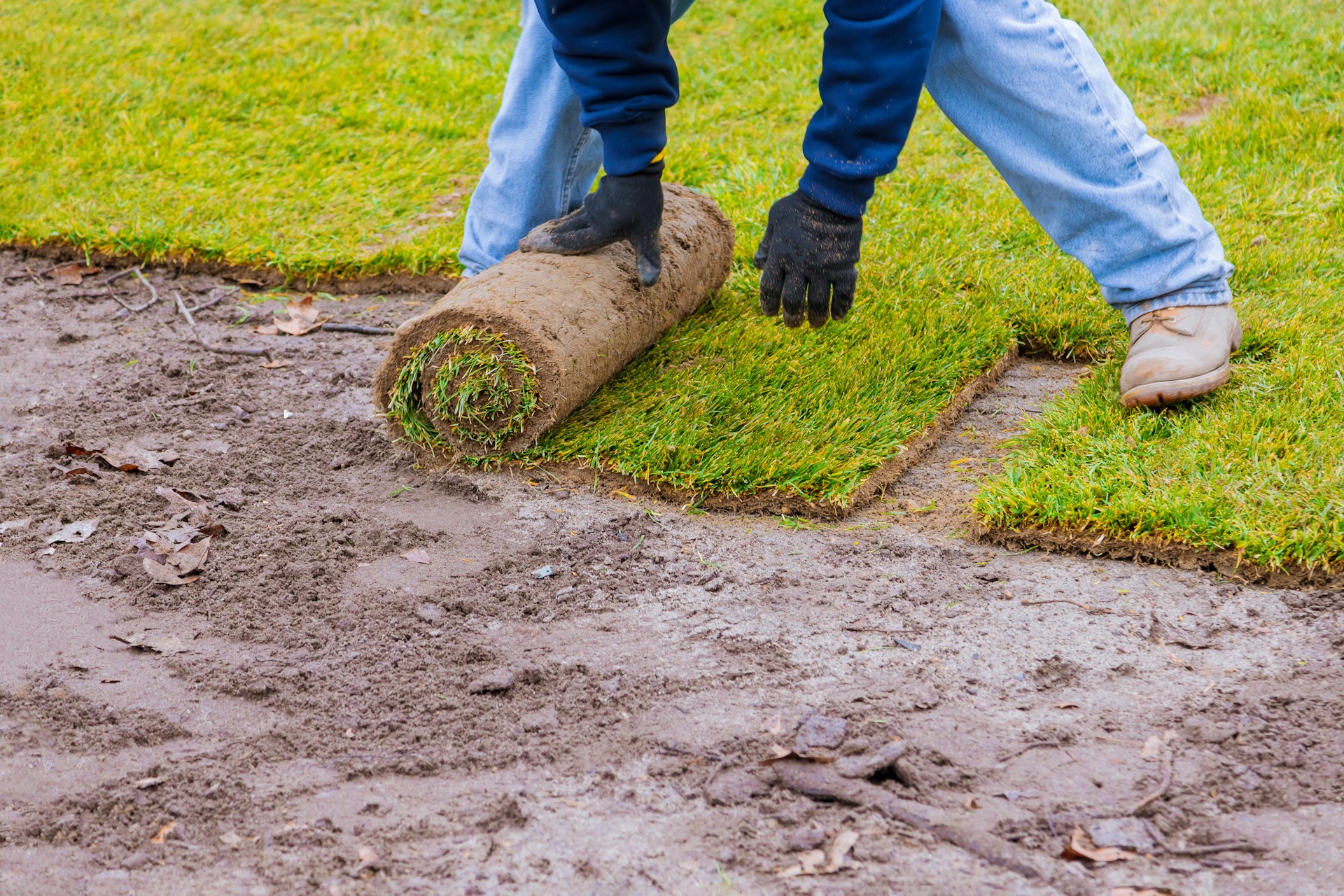
Selecting the right sod supplier can make or break your lawn. Whether you’re a homeowner, landscaper, or golf course manager, picking the wrong turfgrass leads to wasted money, dead patches, and endless frustration. This guide dives deep into how to evaluate sod farms, compare grass varieties, and ensure your lawn installation succeeds.
1. Why Your Sod Supplier Matters More Than You Think
Most people assume all sod companies are the same — big mistake. Low-quality turf rolls can introduce weed contamination, struggle with sod rooting, or die off within weeks due to poor soil compatibility. A reputable sod grower ensures:
-
Freshness (sod cut within 24 hours of delivery)
-
Proper soil testing (pH, nutrients, and organic matter)
-
Disease-free grass (no fungal or pest infestations)
Cheap St. Augustine sod or Bermuda grass might save money upfront, but if it wasn’t grown in conditions similar to your area, it’ll fail.
2. Types of Sod: Which Grass Is Best for Your Lawn?
Not all turfgrass sod is equal. The right choice depends on climate, soil, and usage.
Warm-Season Grasses (Best for Southern States)
-
Bermuda grass – Drought-resistant, high traffic tolerance
-
Zoysia sod – Slow-growing, dense, low maintenance
-
St. Augustine sod – Shade-tolerant, lush, but needs more water
Cool-Season Grasses (Best for Northern States)
-
Kentucky bluegrass – Soft, deep green, but needs frequent watering
-
Fescue grass – Drought-resistant, good for shady lawns
-
Ryegrass – Fast-growing, often used for overseeding
If you’re unsure, ask the sod supplier for grass sod samples to test before committing.
3. How to Verify a Sod Supplier’s Reputation
A quick Google search isn’t enough. Here’s how to dig deeper:
-
Check online reviews – Look for mentions of sod thickness, weed-free sod, and delivery reliability.
-
Ask for references – A trustworthy sod farm will gladly connect you with past clients.
-
Visit the farm – If possible, inspect their turfgrass fields. Yellowing or patchy grass is a red flag.
-
Look for certifications – Some suppliers follow Turfgrass Producers International (TPI) standards.
4. Delivery & Handling: What Most Buyers Overlook
Even the best sod rolls can die if mishandled. Key factors:
-
Harvest-to-delivery time – Sod should be cut and delivered within 24 hours.
-
Refrigerated trucks – Prevents heat damage during transport.
-
Palletized sod vs. loose rolls – Pallets protect turfgrass from crushing.
-
Same-day sod delivery – Great for urgent projects, but confirm freshness.
Ask: “Do you offer sod installation services?” Some suppliers include laying the sod, saving you labor costs.
5. Soil & Site Prep: The Hidden Key to Sod Success
A top-tier sod supplier won’t just sell you grass—they’ll help prep your land.
-
Soil testing – Ensures proper pH levels (6.0-7.0 is ideal for most grasses).
-
Grading & leveling – Prevents water pooling and uneven growth.
-
Irrigation check – Sod needs daily watering for the first two weeks.
If a company ignores these factors, they’re just after a quick sale.
6. Pricing vs. Value: Why Cheap Sod Costs More Long-Term
Bargain sod companies often cut corners:
-
Thin sod cuts – Less root mass = harder establishment.
-
Uncertified seeds – Higher risk of weeds and pests.
-
No warranty – If the sod fails, you’re stuck replacing it.
Instead, compare:
-
Cost per square foot (including delivery)
-
Warranty coverage (30-90 days is standard)
-
Post-installation support (some offer free consultations)
7. Local vs. National Suppliers: Which Is Better?
Local sod growers usually win because:
✔ Fresher product (shorter transit = less sod shock)
✔ Region-specific expertise (knows what grows best in your area)
✔ Faster delivery (no cross-country shipping delays)
National chains might offer more grass varieties, but if the sod spends days in transit, quality suffers.
8. Red Flags: When to Walk Away from a Sod Supplier
-
No soil prep advice – Shows they don’t care about long-term success.
-
No sod samples – Avoids accountability for quality.
-
Full payment upfront – Suggests low confidence in their product.
-
Vague warranties – Look for clear terms on sod survival rates.
9. Final Checklist Before Buying Sod
Before ordering, ask:
✅ “Do you grow your own sod, or resell from others?”
✅ “What’s the harvest-to-delivery window?”
✅ “Do you offer soil testing and site prep guidance?”
✅ “What’s your sod warranty policy?”
✅ “Can I see customer reviews or visit the farm?”
10. Conclusion: Invest in Quality Sod for a Lush, Lasting Lawn
Choosing the right sod supplier isn’t just about price—it’s about grass health, delivery reliability, and long-term lawn success. By following these steps, you’ll avoid costly mistakes and enjoy a vibrant, green turf for years.